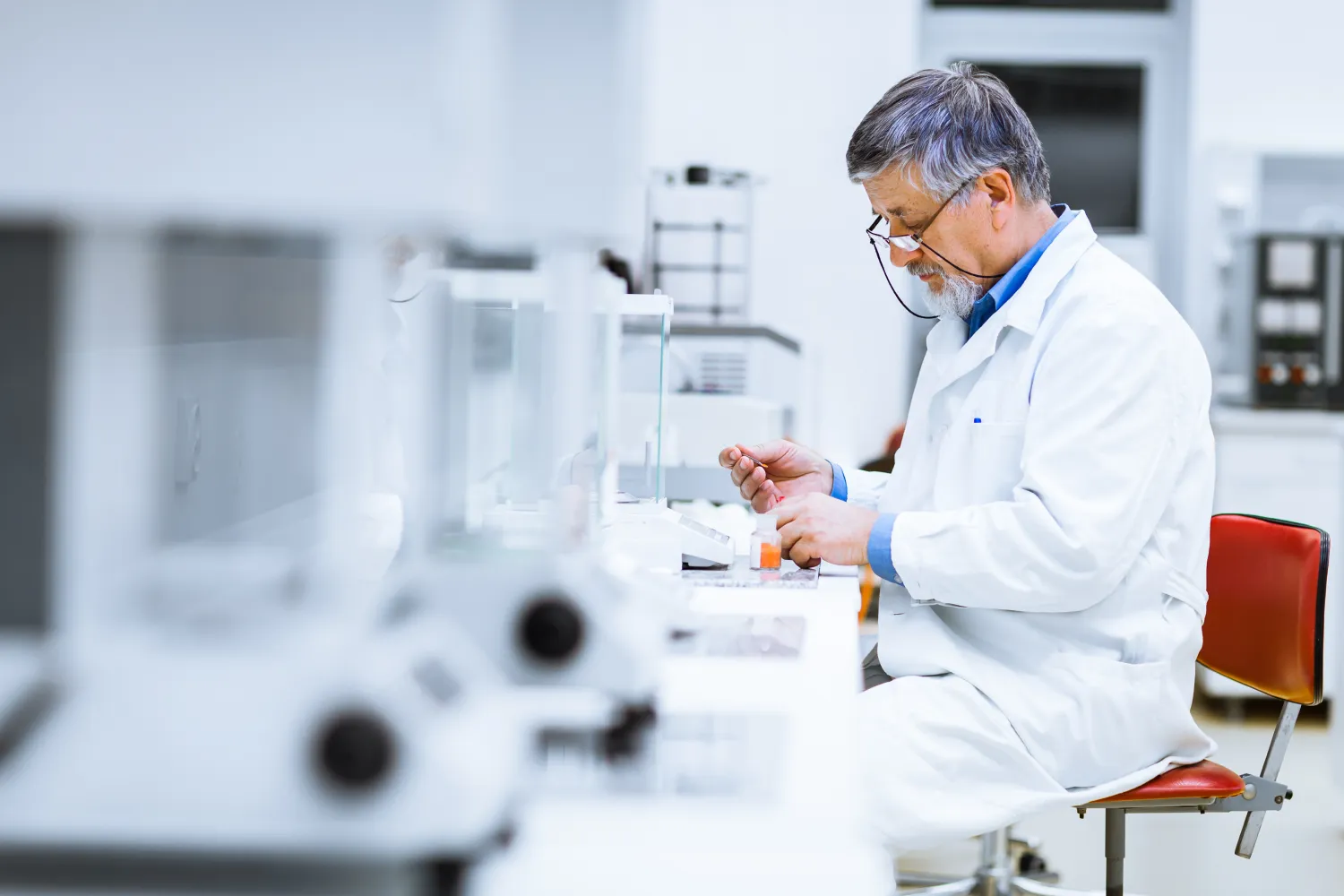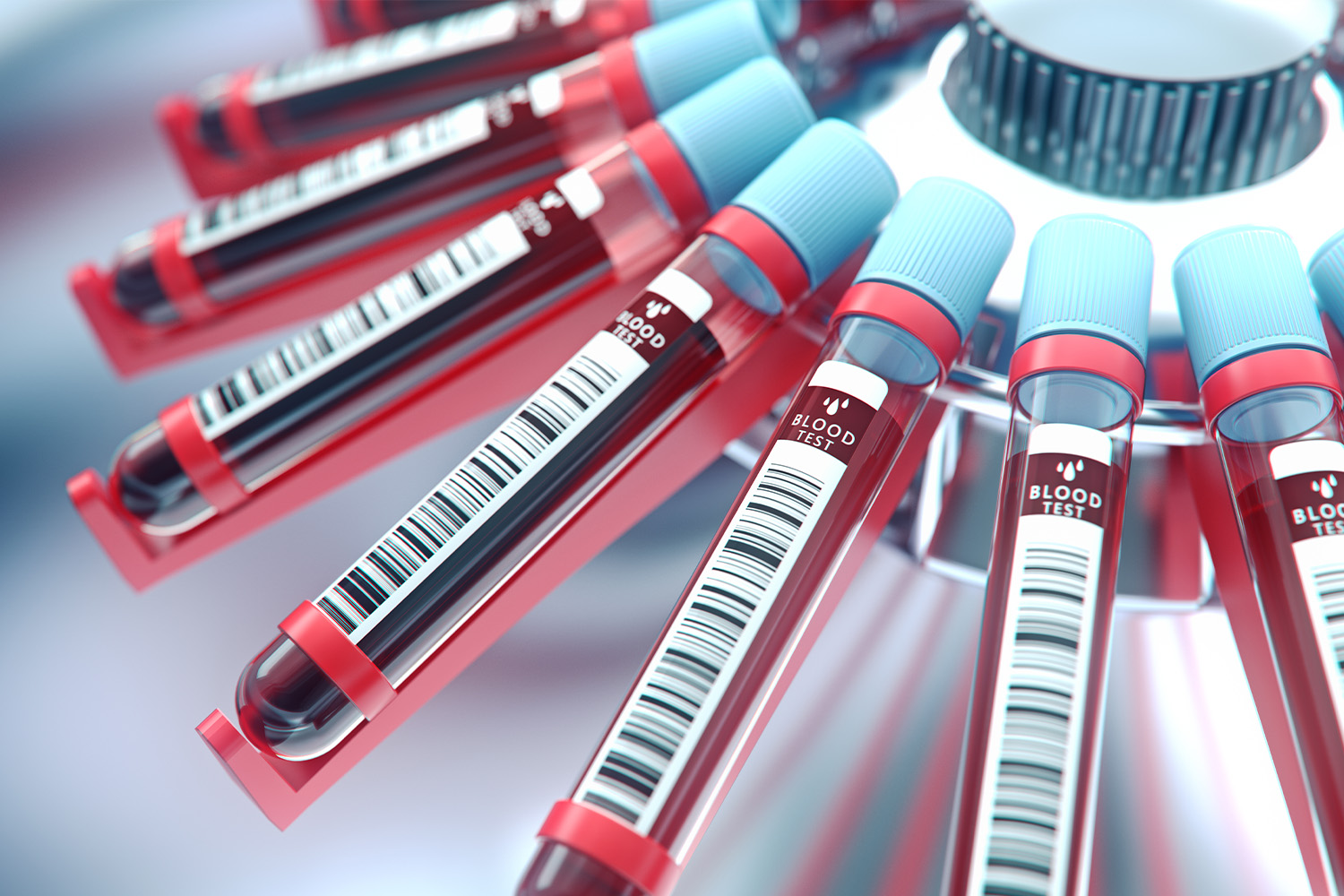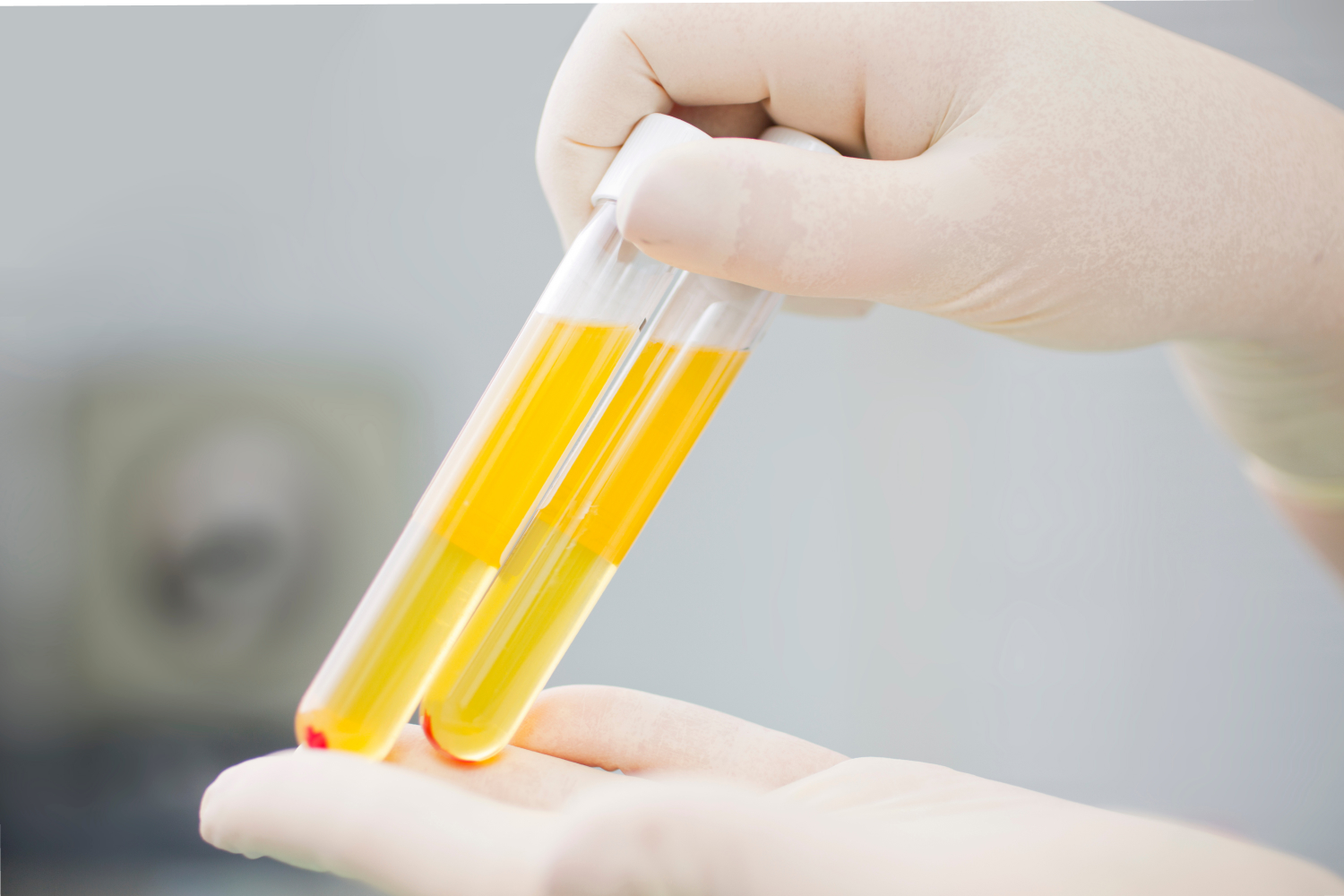Tissue specimens serve as a cornerstone in the realm of medical research, acting as the gateway to understanding the intricate dynamics of the human body at a cellular level. These specimens, often taken from patients, offer invaluable insights into the pathology of diseases, facilitating advancements in treatment methods and medical techniques.
However, as with any critical element in healthcare, the significance of tissue specimens is not limited to labs and research centers. Educating the general public and fostering a broader understanding of these invaluable biological materials ensures an increased collaboration between patients, researchers, and healthcare providers.
Outreach in this domain bridges the knowledge gap, fostering an environment where informed decisions can be made and innovative medical research is fully supported.
What Are Tissue Specimens?
At its core, a tissue specimen is a sample of human or animal tissue collected for examination, typically for the purposes of diagnosing a disease or studying physiological processes. These specimens can be broadly categorized into several types, including solid tissue, blood, bone marrow, and more.
Each type has its unique relevance, depending on the medical context. Beyond diagnosis, tissue specimens play a pivotal role in the research landscape. They enable scientists to study disease progression, cellular mutations, and treatment responses at a microscopic level.
Moreover, in therapeutic applications, tissue samples can be utilized in regenerative medicine, transplants, and the development of personalized medicine strategies. In essence, tissue specimens act as a mirror, reflecting the cellular narrative of diseases and potential therapeutic avenues, thereby anchoring numerous facets of modern medical endeavors.
Why Is Education on Tissue Specimens Important?
In the constantly evolving realm of medical science, the chasm between intricate scientific terminology and the general public’s understanding can often be vast. Tissue specimens, despite their paramount significance in medical breakthroughs, remain a nebulous concept for many.
It’s not merely about grasping what tissue specimens are but understanding their profound implications for diagnostics, treatments, and advancements in medicine. Education serves as the bridge to close this knowledge gap.
When patients comprehend the importance of tissue samples, they’re better equipped to make informed decisions regarding their health, including consent to tissue collection for research. Understanding the “why” and “how” behind these samples can eliminate fears and misconceptions, fostering a more cooperative and trusting relationship between patients and healthcare professionals.
Moreover, education isn’t just for the present — it’s an investment in the future. By demystifying the world of tissue specimens for students and young adults, we’re planting the seeds for the next generation of medical researchers, clinicians, and bioethicists.
Early exposure to this domain can ignite curiosity, steering more young minds towards careers in medical research and advancing our collective understanding of human health.
What Are Some Effective Outreach Methods?
In an age of information, the ways to reach out and disseminate knowledge are diverse. Organizing workshops and seminars can offer hands-on experience and face-to-face interactions, making the concept of tissue specimens tangible for attendees. These events, especially when held by experts in the field, can foster an environment of active learning and curiosity.
Educational institutions are fertile grounds for collaboration. Projects and curricula integrated with practical insights about tissue specimens can enrich the learning experience for students, making the knowledge more relatable and less abstract. Universities, colleges, and even schools can benefit from guest lectures or lab demonstrations on the subject.
The digital age offers an array of online platforms, presenting opportunities to reach a global audience. Webinars can disseminate knowledge far and wide, while podcasts can cater to on-the-go learners. Interactive platforms, perhaps augmented or virtual reality, can offer immersive experiences, enabling users to virtually “see” and “interact” with tissue samples.
Real-world case studies amplify the theoretical aspects with tangible results. By showcasing the impact of tissue specimens in diagnosing a rare disease or facilitating a groundbreaking research discovery, the abstract becomes personal and powerful. Such narratives not only educate but inspire, underlining the potential of what seems, on the surface, to be just a small sample of tissue.
What Are the Ethical Considerations of Specimen Collection?
The realm of tissue specimen collection and utilization is not without its ethical nuances. Foremost among these is the matter of informed consent. It’s imperative that individuals fully understand the purpose, process, and potential implications of their tissue samples being used for research.
Tissue banking, where specimens are stored for potential future use, further intensifies these concerns. Without thorough understanding and explicit consent, the line between groundbreaking research and a breach of personal rights becomes blurred.
In an era where genetics plays a pivotal role in medicine, concerns related to genetic privacy are paramount. As tissue samples can reveal a plethora of genetic information about an individual, it’s crucial to ensure that such data isn’t misused or accessed without proper authorization. This not only protects the individual’s privacy but also prevents potential genetic discrimination.
Transparent communication becomes the cornerstone of this ethical landscape. Every individual has the right to know where their tissue sample is being used, the research it facilitates, and any potential benefits or drawbacks. Clear, open channels of communication foster trust, mitigate apprehensions, and uphold the integrity of the research process.
Challenges in Tissue Specimen Outreach
Tissue specimens play a crucial role in advancing medical research. However, effective outreach in this realm is fraught with challenges that must be recognized and addressed. Some of the significant challenges include the following.
Mistrust and Misconceptions
Historical misuse of biological samples has cast long shadows, making many wary of modern practices. Previous instances of uninformed consent and other ethical breaches continue to affect current outreach efforts.
These factors have entrenched misconceptions and mistrust in several communities, making outreach efforts more complex.
Communication Balance
Ensuring scientific accuracy while avoiding complex jargon is a delicate balancing act. The challenge lies in presenting technical information about tissue specimens in a manner that’s both accurate and approachable.
Outreach initiatives need to maintain the integrity of information while making it relatable and understandable.
Tailored Outreach
No single outreach strategy can cater to all. Differences in cultural, socio-economic, and educational backgrounds dictate diverse approaches. Outreach methods that resonate with one community may fall flat in another.
It’s essential to understand and respect the nuances of each community, crafting messages that align with their specific perspectives and values.
Furthermore, the rapid pace of scientific advancements means that outreach strategies must continuously evolve. It’s vital to keep abreast of the latest developments and ensure that the general public remains informed and engaged. The ultimate goal is not merely to inform but to foster a genuine appreciation of the significance and potential of tissue specimens in advancing healthcare.
iProcess Global Research’s Role in Specimen Collection
At iProcess Global Research, our vision is underpinned by the unwavering belief in the transformative potential of tissue specimens in medical research. Recognizing the vital significance of outreach and education in this domain, we harness the expansive strength of our global network to spearhead impactful educational initiatives.
Ethical integrity and transparency form the backbone of our outreach endeavors. We’re steadfast in ensuring that every individual is fully aware of the importance of their contribution and that any concerns they might harbor are addressed promptly and comprehensively. This is not just about research for us — it’s about creating a collaborative environment where trust and respect are mutual.
Beyond our individual efforts, we actively seek and cultivate partnerships with other organizations. These collaborations amplify our reach, ensuring that our message resonates in communities far and wide. By combining our expertise and resources, we aim to leave no stone unturned in our mission to advance the frontiers of tissue specimen education.
The Future of Tissue Specimen Outreach
The horizon of tissue specimen outreach looks promising, punctuated by technological advancements and an ever-growing emphasis on patient-centric education. Tools like virtual reality and augmented reality are emerging as game-changers, enabling immersive educational experiences that make complex concepts tangible and engaging.
Additionally, the trend toward patient-centric education underscores the need to tailor information delivery, ensuring it aligns with individual needs and comprehension. This bespoke approach not only facilitates better understanding but also fosters a sense of ownership and participation.
Furthermore, there’s an increasing momentum towards global collaborative initiatives, harnessing the collective strengths of organizations worldwide to push the envelope of outreach and education in this sphere.
Conclusion
At iProcess Global Research, we recognize the profound importance of tissue specimens in propelling medical advancements forward. Our unwavering commitment is not just to the science but to the communities we serve.
By addressing the challenges head-on and continually refining our outreach methods, we aim to bridge gaps, dispel misconceptions, and elevate understanding. We believe that fostering a deep appreciation for tissue specimen research is a collective journey.
As we continue to drive forward, it’s pivotal that we ensure our communities are alongside us, informed, engaged, and supportive. Together, we can illuminate the promise that lies within tissue specimens and unlock the vast potential they hold for the future of healthcare.
Sources:
Basic principles of biobanking: from biological samples to precision medicine for patients | PMC
Access to Human Tissues | PCRM




